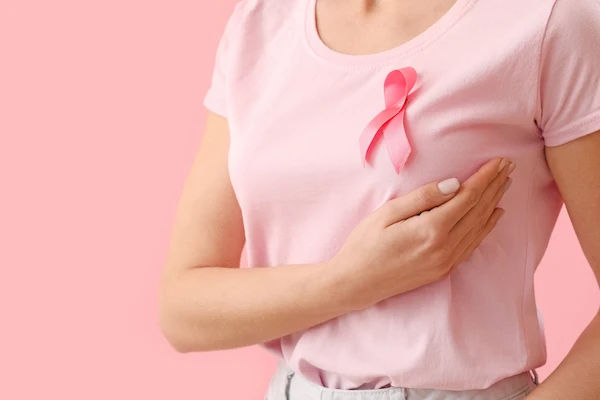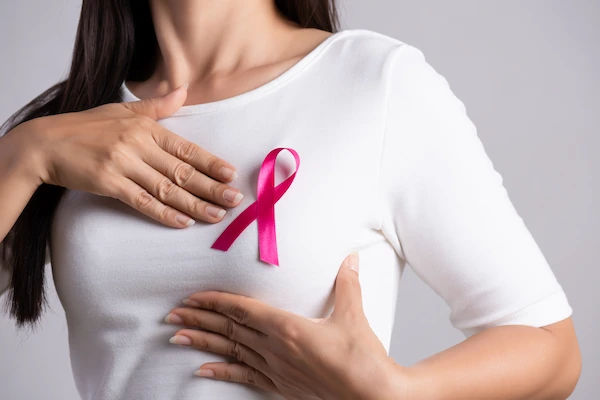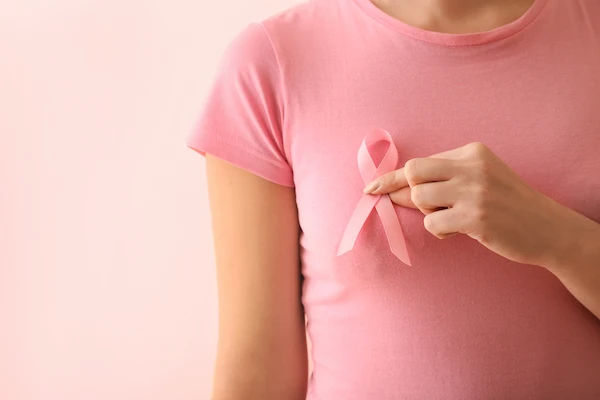Know the Signs A Guide to Breast Cancer Symptoms
Learn to recognise the signs of breast cancer, from common lumps to skin and nipple changes. Early detection saves lives, so know what to watch for and when to see a doctor.
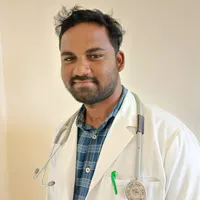
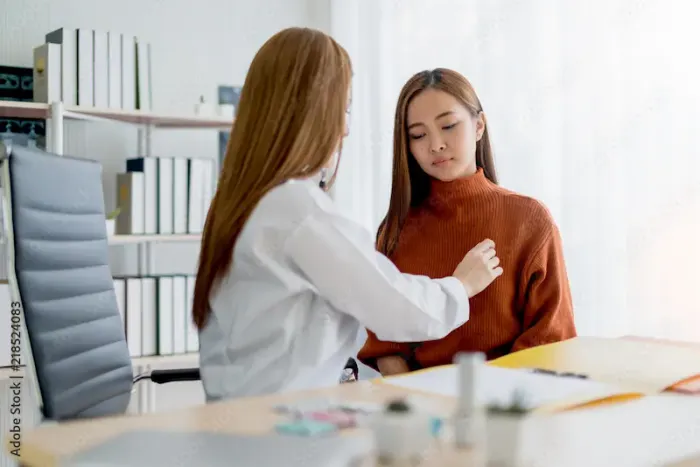
Introduction
Breast cancer awareness is a powerful tool for early detection and successful treatment. While the thought can be daunting, knowing what to look for empowers you to take charge of your health. This guide will walk you through the potential signs of breast cancer, from the most common to the less obvious. It's crucial to remember that many of these symptoms can also be caused by benign (non-cancerous) conditions. However, any persistent change warrants a professional evaluation. The goal is not to incite fear, but to provide clear, actionable knowledge. By understanding these signs, you can have more informed conversations with your healthcare provider and take timely action if needed. Let’s explore the key changes that should prompt a visit to the doctor.
The Most Common Sign: Understanding Breast Lumps
The discovery of a lump is often the first sign that brings a person to the doctor. It's important to know that not all lumps are cancerous. In fact, many are cysts or fibroadenomas, which are benign. However, any new lump or mass needs to be checked.
What a Cancerous Lump Often Feels Like
A lump associated with breast cancer often has distinct characteristics. It may feel hard, have irregular edges, and be painless. However, this is not a hard-and-fast rule. Some cancerous lumps can be tender, soft, or rounded. The key takeaway is that any new lump that doesn't go away after your next menstrual cycle (if premenopausal) or any new persistent lump (if postmenopausal) should be evaluated. A clinical breast exam and imaging such as a mammogram are essential for accurate assessment.
Where Lumps Can Appear
While we often focus on the breast itself, it's vital to also check the surrounding areas. Lumps can appear in:
• The breast tissue
• The armpit (axilla), where lymph nodes are located
• Around the collarbone
A doctor can perform a clinical breast exam and may recommend a mammogram or ultrasound to investigate a suspicious mass.
Consult Top Medical Oncologists
Visible Changes on the Breast Skin
Cancer can cause changes to the skin on and around the breast. These visual cues are critical to recognise.
1. Dimpling (Peau d'Orange)
One of the more distinctive signs is dimpling that makes the breast skin look like the peel of an orange (peau d'orange). This occurs when underlying cancer cells cause inflammation and block lymphatic fluid drainage, leading to swelling and pitting. This can occur without a noticeable lump and is a hallmark of inflammatory breast cancer.
2. Redness, Rash, and Warmth
Persistent redness, scaling, or thickening of the skin on the breast or nipple can indicate infection, but if it does not resolve, it could signal cancer. Inflammatory breast cancer often presents with these symptoms, making the breast appear red or purplish and feel warm. Persistence is the key indicator, as it is easy to mistake for a skin infection.
Nipple Changes You Shouldn't Ignore
Your nipples can provide important clues. Any sudden change in their appearance or behaviour should be noted.
1. Inversion, Retraction, or Change in Direction
If a nipple that was previously pointing outward suddenly flattens, turns inward (inversion), or pulls to one side (retraction), it is a reason to see a doctor. While some people naturally have inverted nipples, new changes are concerning.
2. Unusual Nipple Discharge
Discharge is not always a sign of cancer. Cancer-related discharge is often spontaneous, bloody, or clear and usually affects only one breast. Milky discharge is typically hormonal. Any spontaneous discharge, especially if bloody, should be promptly investigated. Understanding the difference between normal and unusual discharge is a critical part of breast awareness.
Less Common but Equally Important Signs
Some symptoms are subtler but equally significant when they persist.
1. Swelling in Part or All of the Breast
Noticeable swelling of all or part of the breast, even without a distinct lump, can be a warning sign. The breast may feel full or heavy, and there may be a size difference compared to the other breast. This may occur if a tumour blocks lymphatic drainage.
2. Persistent Pain in a Specific Area
General breast pain is common and often linked to hormonal cycles. However, persistent pain in one specific spot that does not follow your cycle should be evaluated. While rare, it can be an early symptom of cancer.
Signs of Advanced Breast Cancer
When breast cancer spreads to other parts of the body, it can cause symptoms such as:
• Persistent bone pain
• Shortness of breath
• Jaundice (yellowing of the skin)
• Severe headaches or neurological changes
• Unintended weight loss
These symptoms are non-specific and may be caused by other conditions, but a history of breast cancer makes prompt reporting to your oncologist essential.
Important Reminders: What These Signs Mean
While recognising potential warning signs is essential, it is equally important to understand what these changes may, or may not, indicate about your health.
A. Many Changes Are Benign
Most breast changes are not cancer. Cysts, fibrocystic changes, and infections are far more common. The purpose of this guide is to encourage proactive healthcare, not self-diagnosis.
B. The Critical Importance of Professional Evaluation
Self-awareness is the first step, but professional diagnosis is the only way to know for sure. Tools like mammograms, ultrasounds, and biopsies are necessary to determine the cause. If you notice a persistent change, consulting a doctor online with Apollo24|7 can be a quick and convenient first step to discuss concerns and determine whether an in-person visit is required.
Your Action Plan: When and How to See a Doctor
If you notice a change, follow this plan:
1. Note the Change: When did you first notice it? Has it changed?
2. Schedule an Appointment: If a symptom persists for more than two weeks, or through one full menstrual cycle, make an appointment with your doctor.
3. Be Prepared: Describe the symptom clearly—when it started, what it looks or feels like, and whether it is associated with pain.
4. Follow Through: Complete recommended tests, such as a diagnostic mammogram or ultrasound. Apollo24|7 offers convenient home collection for certain tests, easing follow-up care.
Conclusion
Knowing the signs of breast cancer is a fundamental part of taking control of your health. This knowledge transforms anxiety into empowerment. Regular self-awareness and monitoring are your first line of defence. Trust your instincts; if something feels or looks different, seek professional advice. Timely evaluation is the key to peace of mind and, if necessary, the most effective treatment. Don’t let fear delay action. Your health is worth it.
Consult Top Medical Oncologists
Consult Top Medical Oncologists

Dr. Animesh Saha
Medical Oncologist
13 Years • FRCR(London),MD(Radiation Oncology),DNB(Radiation Oncology), CESR(UK), PGCME(Dundee), MNAMS, PDCR, MBBS, Ex-Consultant Leeds Cancer Center, UK.
Kolkata
Apollo Multispeciality Hospitals , Kolkata, Kolkata
(25+ Patients)

Dr. A Goutham Rao
Medical Oncologist
5 Years • MBBS, MD, Dr NB MEDICAL ONCOLOGY,ECMO
Hyderguda
Apollo Hospitals Hyderguda, Hyderguda
(50+ Patients)

Dr. Sanchayan Mandal
Medical Oncologist
17 Years • MBBS, DrNB( MEDICAL ONCOLOGY), DNB (RADIOTHERAPY),ECMO. PDCR. ASCO
Kolkata
MCR SUPER SPECIALITY POLY CLINIC & PATHOLOGY, Kolkata

Dr. N. Aditya Murali
Medical Oncologist
10 Years • MBBS, MD (Gen Med), DM (Med Onco – Adyar Cancer Institute) DNB (Med Onco), MRCP – SCE (Med Onco)
Bengaluru
Apollo Hospitals Bannerghatta Road, Bengaluru

Dr. Prathyush V
Medical Oncologist
12 Years • MBBS, MD Haematology , DrNB Medical oncology.
Bengaluru
Apollo Hospitals Bannerghatta Road, Bengaluru
(25+ Patients)
Consult Top Medical Oncologists

Dr. Animesh Saha
Medical Oncologist
13 Years • FRCR(London),MD(Radiation Oncology),DNB(Radiation Oncology), CESR(UK), PGCME(Dundee), MNAMS, PDCR, MBBS, Ex-Consultant Leeds Cancer Center, UK.
Kolkata
Apollo Multispeciality Hospitals , Kolkata, Kolkata
(25+ Patients)

Dr. A Goutham Rao
Medical Oncologist
5 Years • MBBS, MD, Dr NB MEDICAL ONCOLOGY,ECMO
Hyderguda
Apollo Hospitals Hyderguda, Hyderguda
(50+ Patients)

Dr. Sanchayan Mandal
Medical Oncologist
17 Years • MBBS, DrNB( MEDICAL ONCOLOGY), DNB (RADIOTHERAPY),ECMO. PDCR. ASCO
Kolkata
MCR SUPER SPECIALITY POLY CLINIC & PATHOLOGY, Kolkata

Dr. N. Aditya Murali
Medical Oncologist
10 Years • MBBS, MD (Gen Med), DM (Med Onco – Adyar Cancer Institute) DNB (Med Onco), MRCP – SCE (Med Onco)
Bengaluru
Apollo Hospitals Bannerghatta Road, Bengaluru

Dr. Prathyush V
Medical Oncologist
12 Years • MBBS, MD Haematology , DrNB Medical oncology.
Bengaluru
Apollo Hospitals Bannerghatta Road, Bengaluru
(25+ Patients)
More articles from Breast Cancer
Frequently Asked Questions
Q1. Can you have breast cancer with no signs at all?
Yes. In early stages, breast cancer may not cause noticeable symptoms. This is why regular screening mammograms are essential, as they can detect cancer before a lump is felt.
Q2. What is the difference between a cancerous lump and a cyst?
A cyst is a fluid-filled sac that often feels soft, smooth, and movable and may be tender around your period. A cancerous lump is usually hard, irregularly shaped, and fixed in place. Imaging and sometimes a biopsy are required to confirm the diagnosis.
Q3. Is breast pain usually a sign of cancer?
No. Breast pain is common and usually linked to hormonal changes, benign cysts, or muscle strain. Persistent, one-sided pain that does not follow your cycle should be evaluated.
Q4. How often should I do a breast self-exam?
While formal monthly exams are no longer universally recommended, it is important to be familiar with your breasts’ normal appearance and feel to notice any changes.
Q5. What are the first signs of inflammatory breast cancer?
Inflammatory breast cancer develops quickly and may include redness covering a large portion of the breast, swelling, warmth, heaviness, and peau d'orange skin. A distinct lump may not be present.
